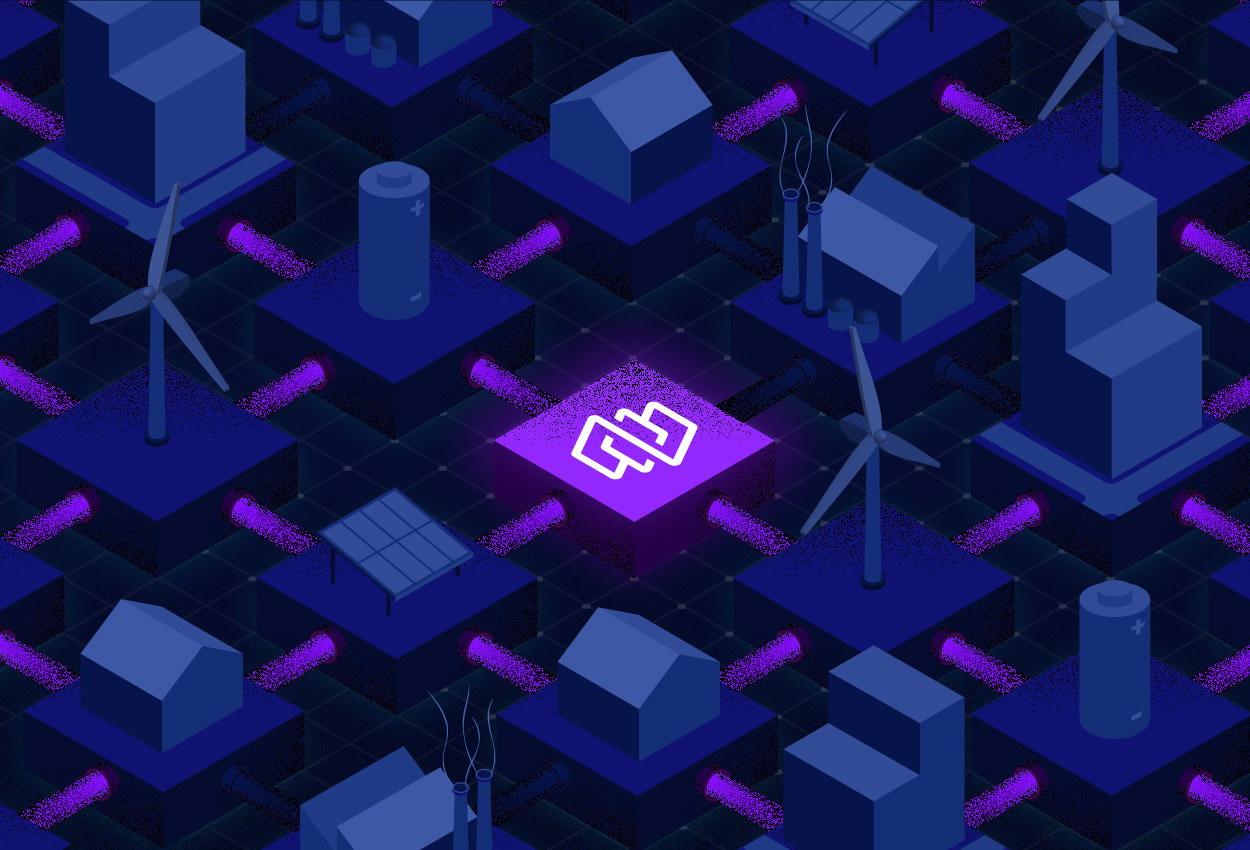Flux Federation | 4 June 2021


According to the old Chinese proverb, the best time to plant a tree was 20 years ago. The second best time is now. Five years after the groundbreaking Paris Agreement saw nearly 200 countries sign a legally binding treaty on climate change, that’s never been truer or more urgent. But there’s plenty more that can be done beyond getting busy with a shovel and a seedling. Here’s how smart tech can enable rapid and positive change in the energy sector.
The path to Net Zero
In its May 2021 report, Net Zero by 2050: a Roadmap for the Global Energy Sector, the International Energy Agency (IEA) sets out more than 400 milestones to achieve a series of ambitious goals. These milestones include recommendations to halt investment in new fossil fuel supply projects today, to ban sales of new internal combustion engine cars by 2035 and to aim for net-zero emissions for the electricity sector by 2040.
The IEA says renewable energy sources, such as solar, wind, hydro, biofuels and others, are at the centre of the transition to a more sustainable energy system. In 2018, renewable energy counted for just 26 per cent of global energy sources. There’s a long way to go to reach the IEA’s preferred target of 88 per cent by 2050. Meeting these goals will require huge - and speedy - change. That change relies on a major push for innovation and the deployment of all currently available forms of clean and efficient energy technology. While much of this tech is already in use, the scale required to accelerate its uptake is mind-boggling: the IEA is calling for annual additions of solar PV to reach 630 gigawatts by 2030 (enough to power 189 million homes), which will require the equivalent of installing the world’s current largest solar park roughly every day. Energy efficiency also has a major part to play in achieving the “critical and formidable” targets set. The global rate of energy efficiency improvements will need to average four per cent a year from now until 2030 – about three times the average over the last 20 years.
What needs to happen next?
The IEA says governments need to put new, clean energy technologies at the heart of energy and climate policy, which means increasing spending and effort on research and development on advanced batteries, electrolysers for hydrogen, and direct air capture and storage, among others. Huge, substantial innovation has to happen before the clock ticks over to 2030 for these new technologies to make enough of a difference in time.
If this seems overwhelming, the good news is that technology is already enabling key shifts in how we think about, consume and get billed for energy use. The growth in smart meter usage (even in countries like Britain, where the uptake has been sluggish at best), is gathering pace and enabling huge change. The rise of the energy prosumer - people or businesses who generate energy as well as consume it - is playing a crucial role in enabling renewable energy use. Microgrids, home-grown green hydrogen and virtual power plants are all becoming part of the lexicon.
What’s the key message for energy retailers?
This kind of innovation is a ray of light in the darkness, but it brings great challenges too. As Flux Chief Client Officer Jessica Venning-Bryan writes in this blog, the convergence of decarbonisation, technology and democratisation is fundamentally changing the energy sector as we know it. How energy businesses respond to this change will ultimately determine their success - and the likelihood of a carbon zero future.
At Flux, we’re on a journey of transformation to keep pace with the mega trends affecting our industry. We’ve been asking ourselves how we can create meaningful charge in a quickly evolving climate and help lead our world to a cleaner, fairer and more sustainable energy future. For us, the solution is simple: we want to empower visionary companies leading the energy transition by enabling them to respond to changing generation, distribution and consumption models by moving faster, pricing smarter and integrating widely.
We’ve shifted the dial on our products so we can bill complex connections, move faster in market, reduce cost to serve, reach new markets and create seamless customer experiences. We’re committed to working with organisations that are taking action to reduce their carbon footprint and that believe in the role of technology in creating change. In New Zealand, we’re doing this already. We’re proud to be helping Meridian Energy, the country’s largest energy gentailer, transition to a cloud-based, future-proofed software platform that fits with its ambitious growth plans.
Our work with Meridian shows how being truly future-focused means energy retailers have to think beyond next year, or even the next decade. It’s not enough to plant a few trees, scope out solar or make unproven marketing claims about how carbon neutral your offices are. To make meaningful change happen, retailers need to examine every part of their business. If that means re-engineering software in order to better serve people and the planet, Flux is ready to assist.

Sign up for the latest updates in technology, changes, regulations, and new energy products from Flux.